Running at Wellington
Cross-country running is believed to be the first sport ever practised at Wellington College – probably because it was possible even before the surrounding heathland was made into rugby or cricket pitches. Tradition says that running was introduced by the Rev Charles Kingsley, a well-known writer and the Rector of nearby Eversley. Our most famous races, the Kingsleys, are named after him, and were first run in 1860.
For the first hundred years of Wellington’s history, running took two forms: steeplechases, such as the Kingsley, and the longer paperchases, which were more frequent.
Paperchases (hares and hounds)
Historically, most cross-country running at Wellington took the form of paperchases, in which a pack of runners known as the ‘hounds’ would follow a trail of ripped-up paper laid by two runners known as the ‘hares’.
Thus the sport was as much a test of navigation across country as of running skills, and runners might have to negotiate hedges, ditches and ploughed fields. The pack would usually pause and gather together about 1 kilometre away from College before racing home in the final “run-in.”
The hares carried the paper, known as “scent,” in large shoulder-bags, and photographs show extra paper being delivered to them half-way round the course by teachers on horseback or, later, in cars. Most paperchases covered a distance of between 11 and 13 miles (17 to 21km), and took around 2 hours, although in some cases the runners got lost and did not arrive back until after dark! For the Fleet Run, which started in about 1870, participants would take the train to Farnborough and run from there back to College.
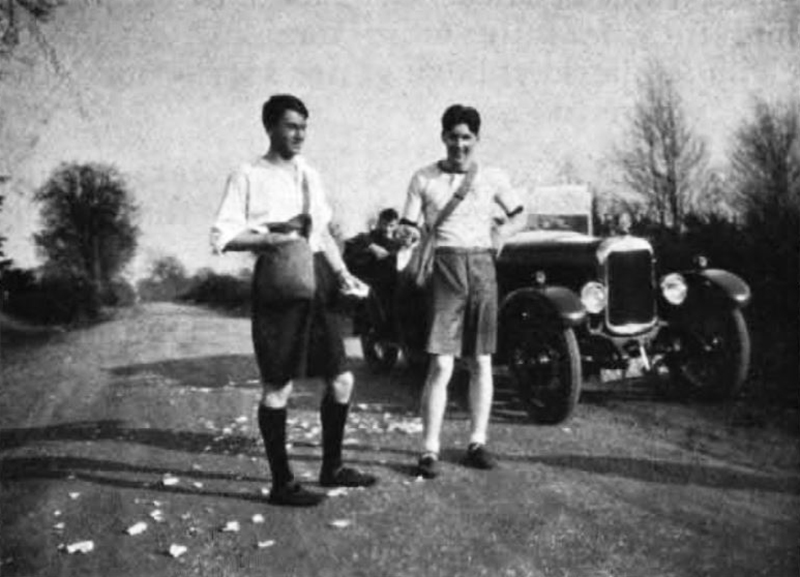
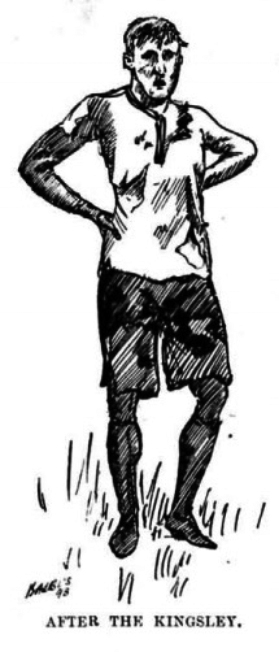
Steeplechases
Like the horse race of the same name, steeplechases included natural obstacles such as fences, hedges, ditches and rivers.
The course was much shorter than a paperchase, taking between 12 and 15 minutes to run, and was marked out with flags or rags tied to fences and trees. Wellington’s main steeplechases have always been the Kingsleys, begun in 1860, only a year after the College opened. These usually consisted of the “Big” and “Little” Kingsley, for senior and junior runners respectively. Initially they were run in November, but from 1883 onwards have generally been held in March or April.
Until 1963, the Kingsleys were run in the Blackwater meadows and included crossing the Blackwater River. By 1964 the river was considered too polluted for the races to continue, and so from 1965 they have been held in the College grounds, with crossing of the lake replacing that of the river. The maps above and below show the old course, from 1957, and the first example of the new course in 1965.
The Pancake Run
During the 1880s, a paperchase for under-16s was initially held on Shrove Tuesday. This soon became an annual event known as the “Pancake Run.”
It was compulsory, meaning that fields of between 200 and 400 regularly took part. It became the custom that the “hares” who laid the paper trail should be the Head of School and the Captain of the First XV. It was also traditional that other senior boys (often members of the XV) would take part and help the younger boys along, as shown in these illustrations from the Wellingtonian.
The run became so much a part of Wellington tradition that in 1915 two Old Wellingtonians, serving as Army officers in northern France, decided to go for a run of their own when they realised it was Shrove Tuesday.
The Pancake Run was the last school race to be a true paperchase, but by the 1950s, views on litter had changed and attempts were made to pick up the paper the following day. In 1954 sawdust was used instead of paper, but was found to be unsatisfactory, and the race was not run again.
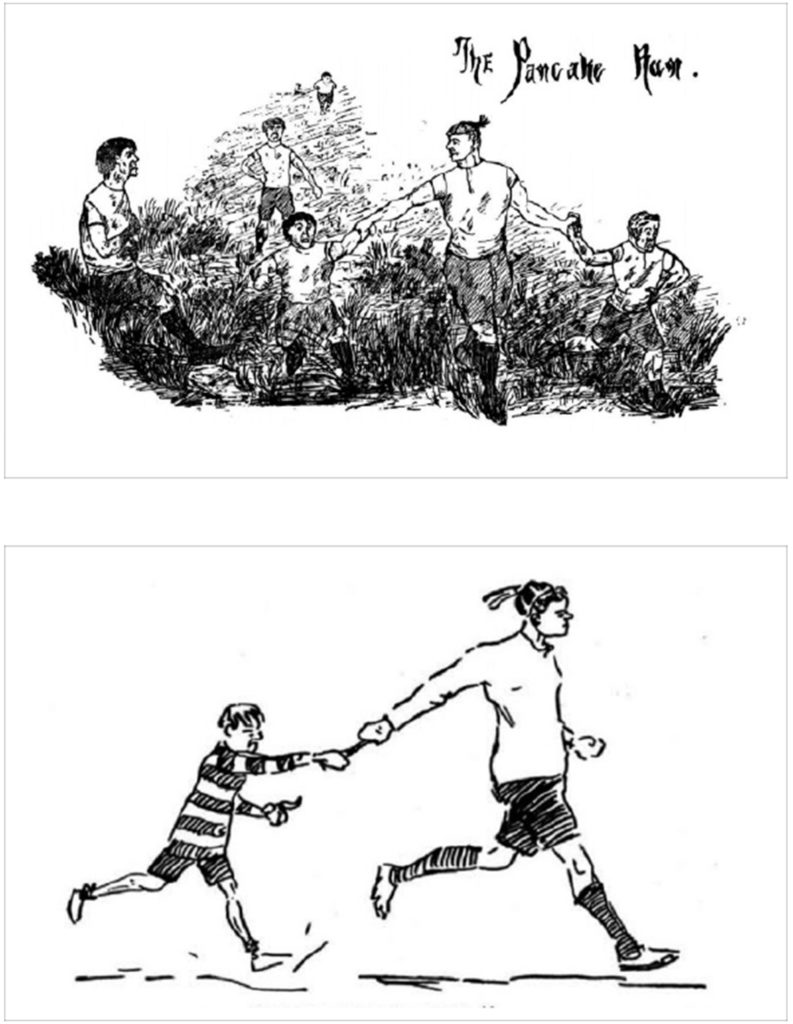
Brass and Wood Tankard
The winner of the Kingsley in 1879, Marcus Henry Milner, had this tankard engraved to commemorate his victory. It must have inspired him, as he went on to win the race again for the next three years.
The Lambton Cup
This cup was presented to College in 1897 by the seven Lambton brothers (the “Septem Fratres” referred to in the inscription) who all attended Wellington between 1882 and 1898.
In a play on their family name, it features seven sheep or lambs around the base, and ram’s-head handles.
The cup was initially awarded for hockey, but in 1900 it became a trophy for running. Points were given for all senior runs, from 12 points for the winner down to 1 point for any finishers below 11th place, and the cup went to the House with most points at the end of the season. The cup continued to be awarded in this way until around 1994.
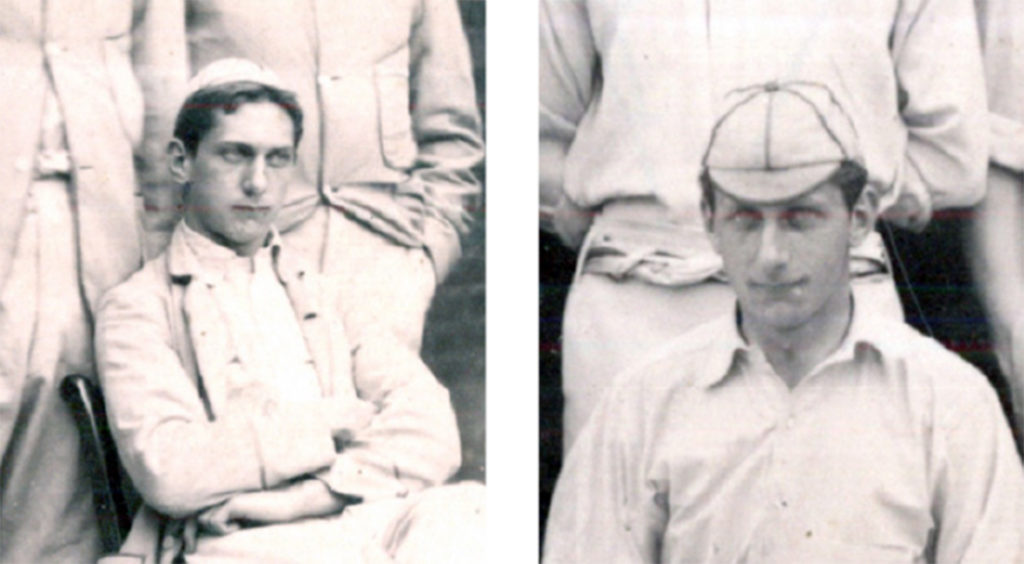
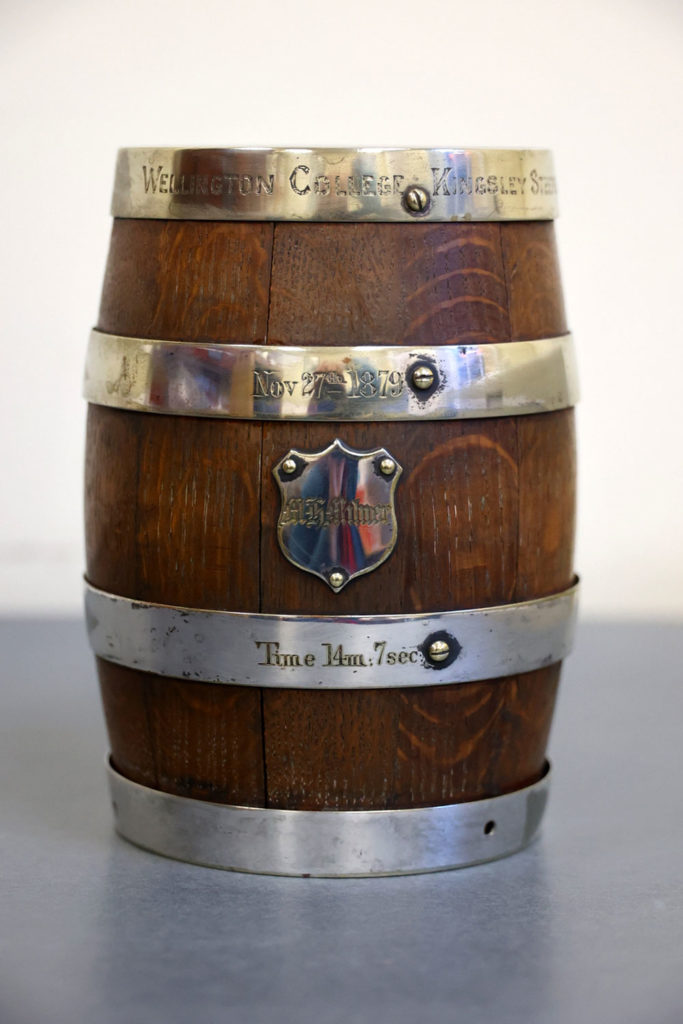
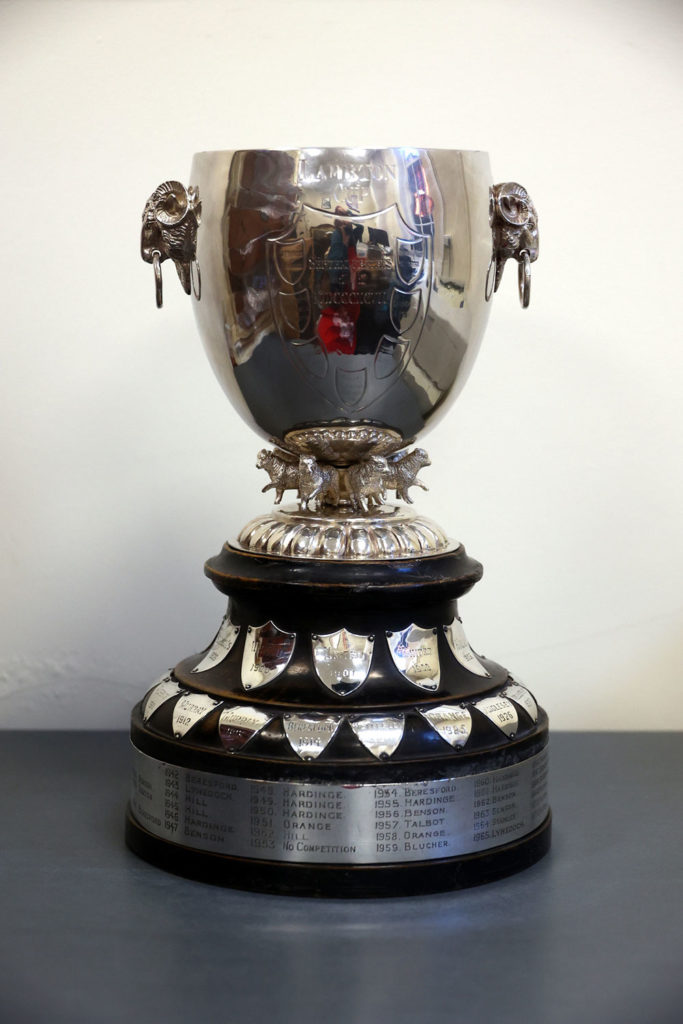
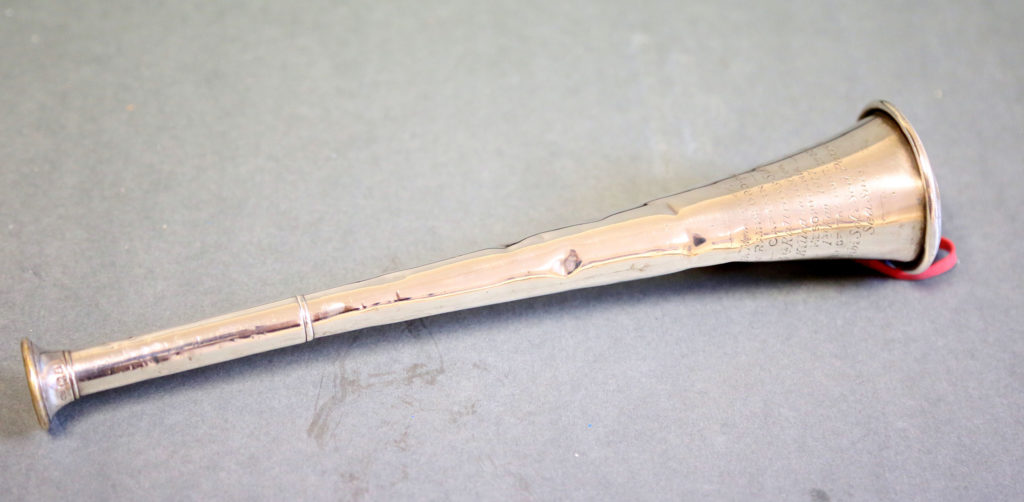
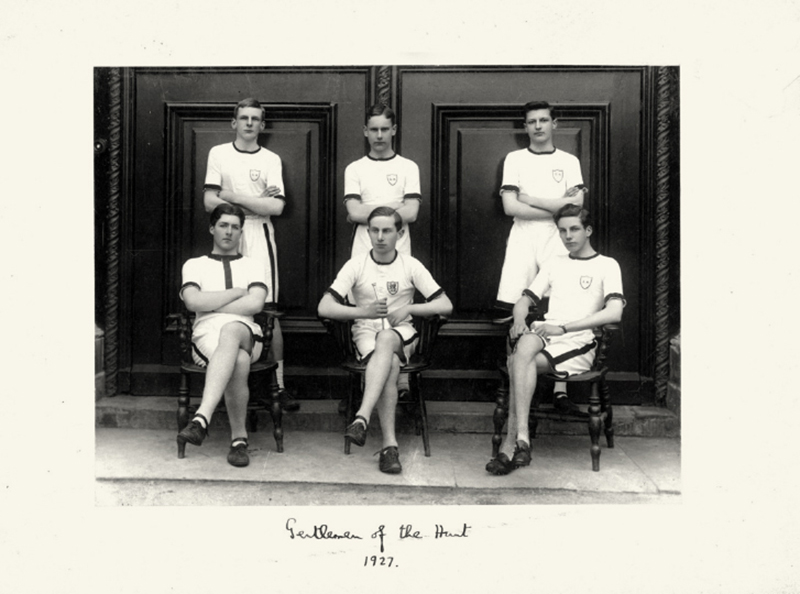
Rainsford-Hannay Horn
Because paperchases took the form of a hunt with ‘hares’ and ‘hounds’, it was the custom for the student in charge to be known as “Master of the Hunt” and to carry a hunting-horn.
Ramsay Rainsford-Hannay was in the Combermere from 1898 to 1902. He was Master
of the Hunt, as well as a Prefect and Head of House. In 1917 he was killed while serving
in Mesopotamia, and his family presented this silver horn to the College in his memory.
The engraving reads: ‘In memory of Ramsay Rainsford-Hannay, Captain 45th Rattray’s Sikhs, killed in action Mesopotamia 1 Feb 1917. Master of the Hunt 1902 -1905. ‘Non sibi soli sed patrice sed suis.’’